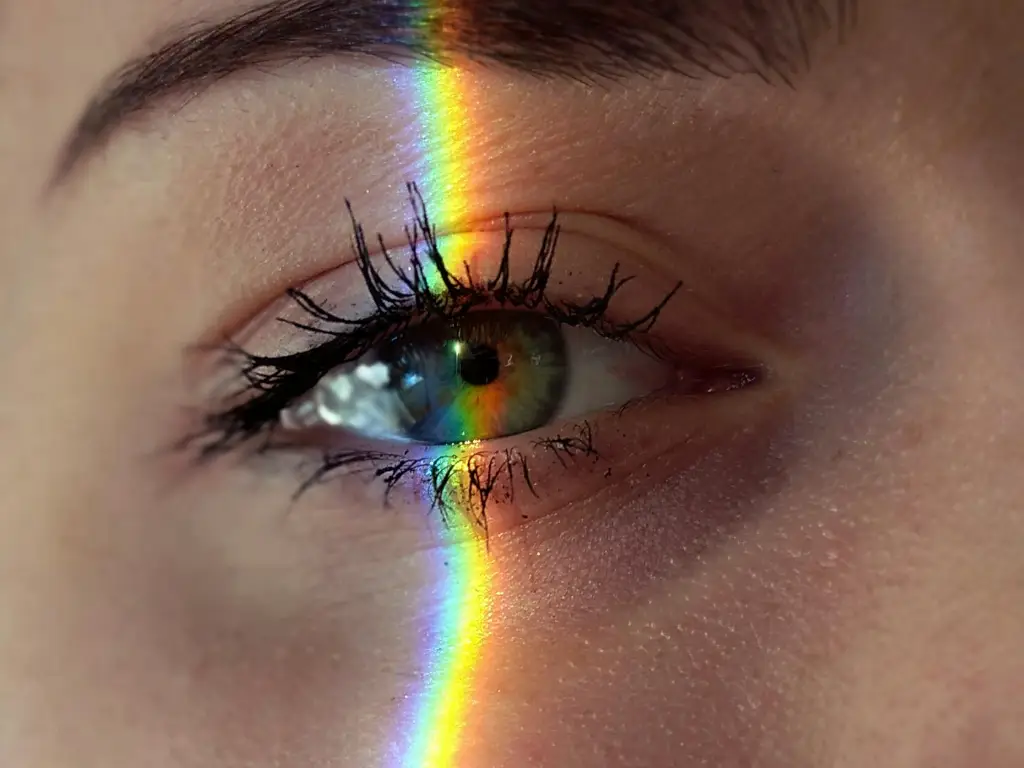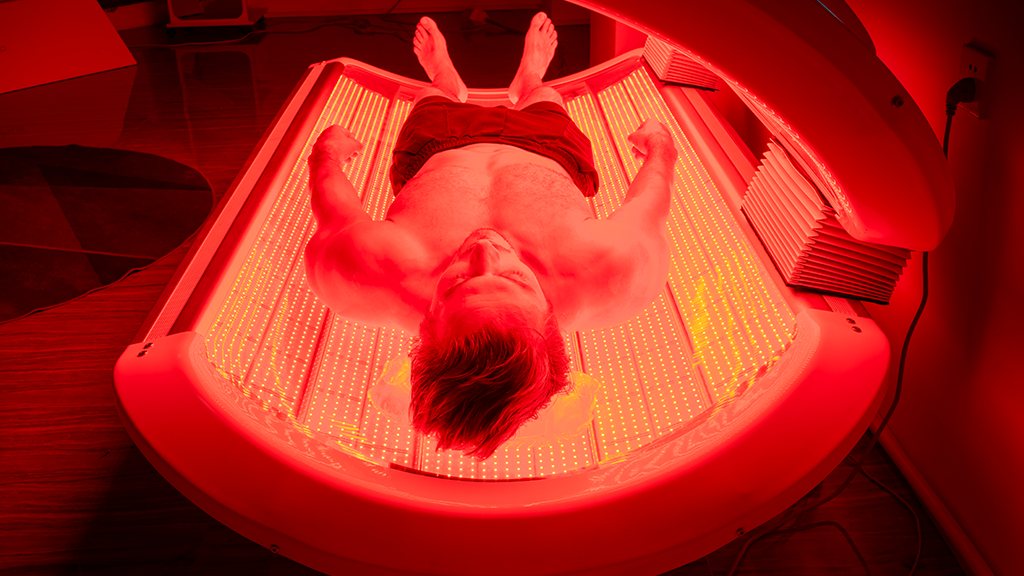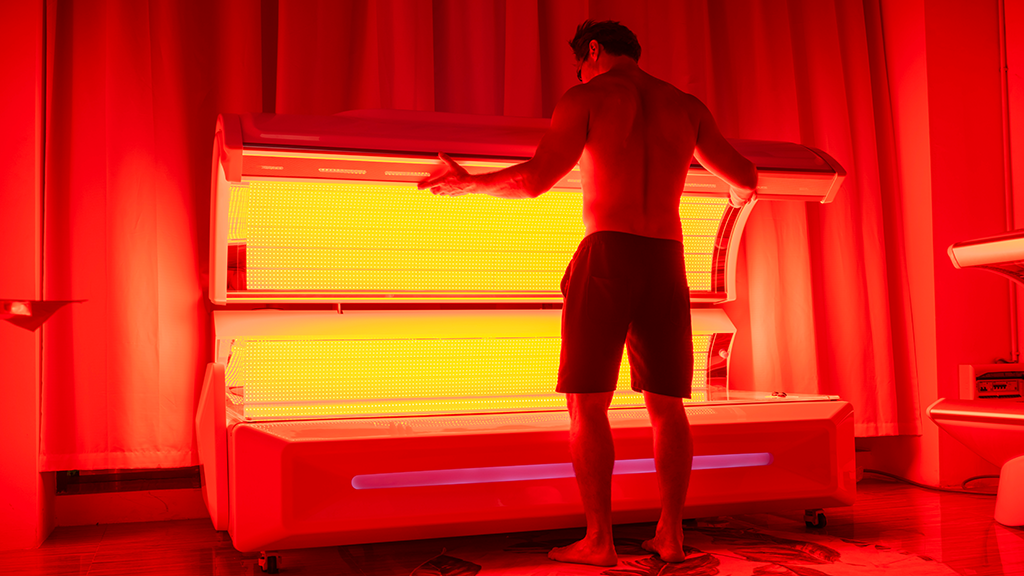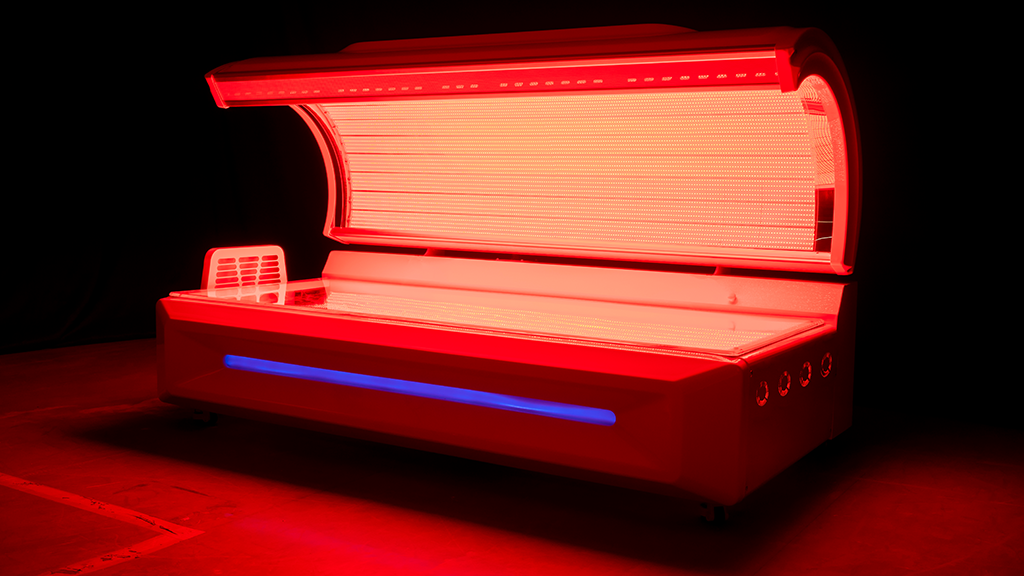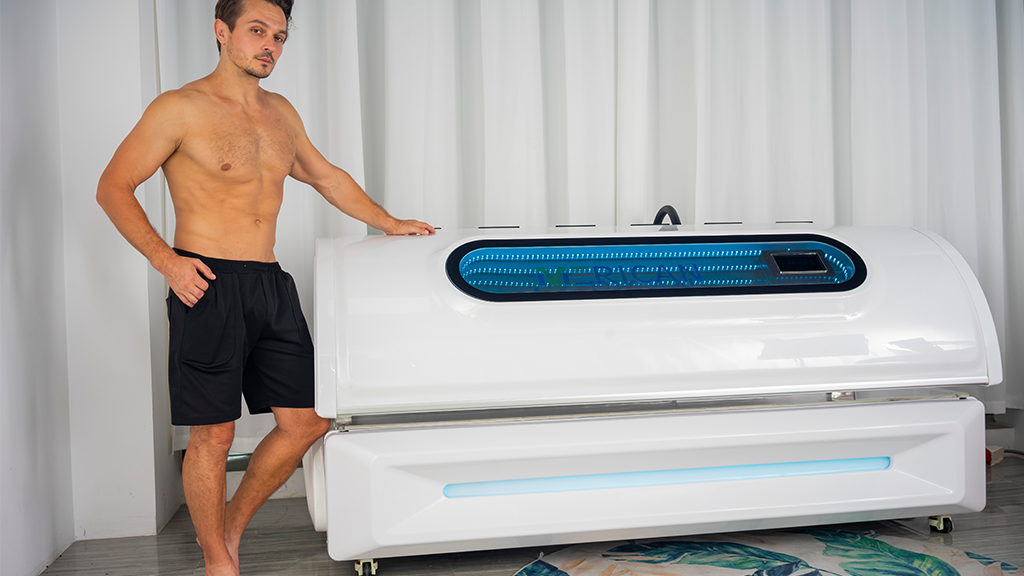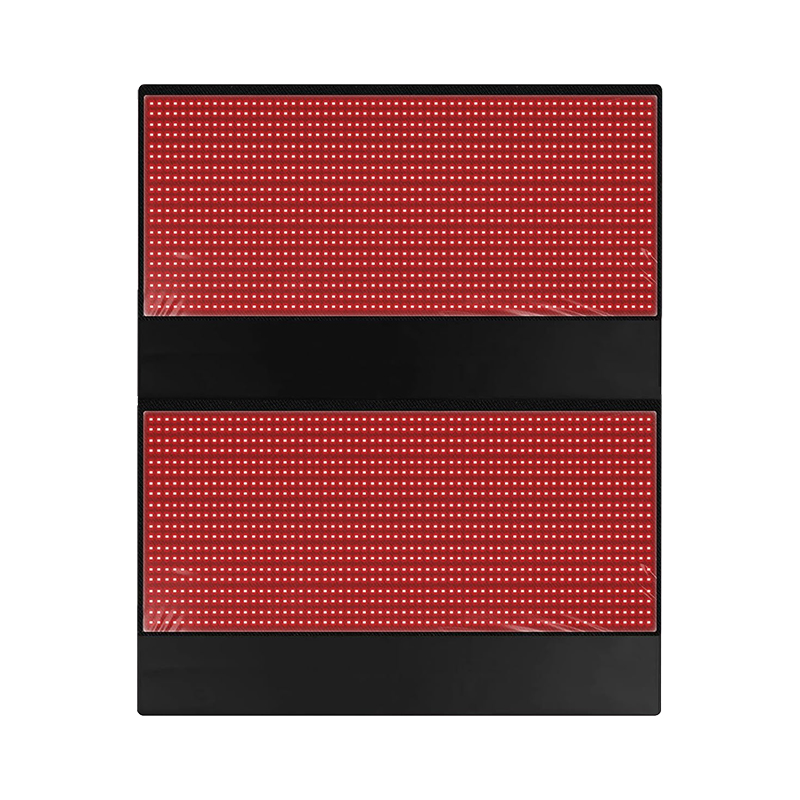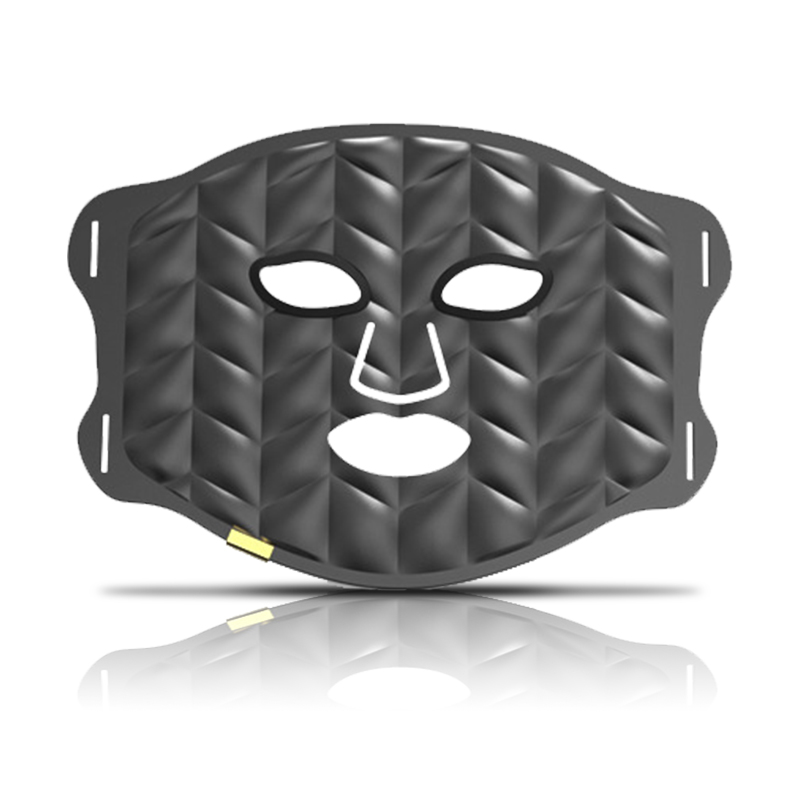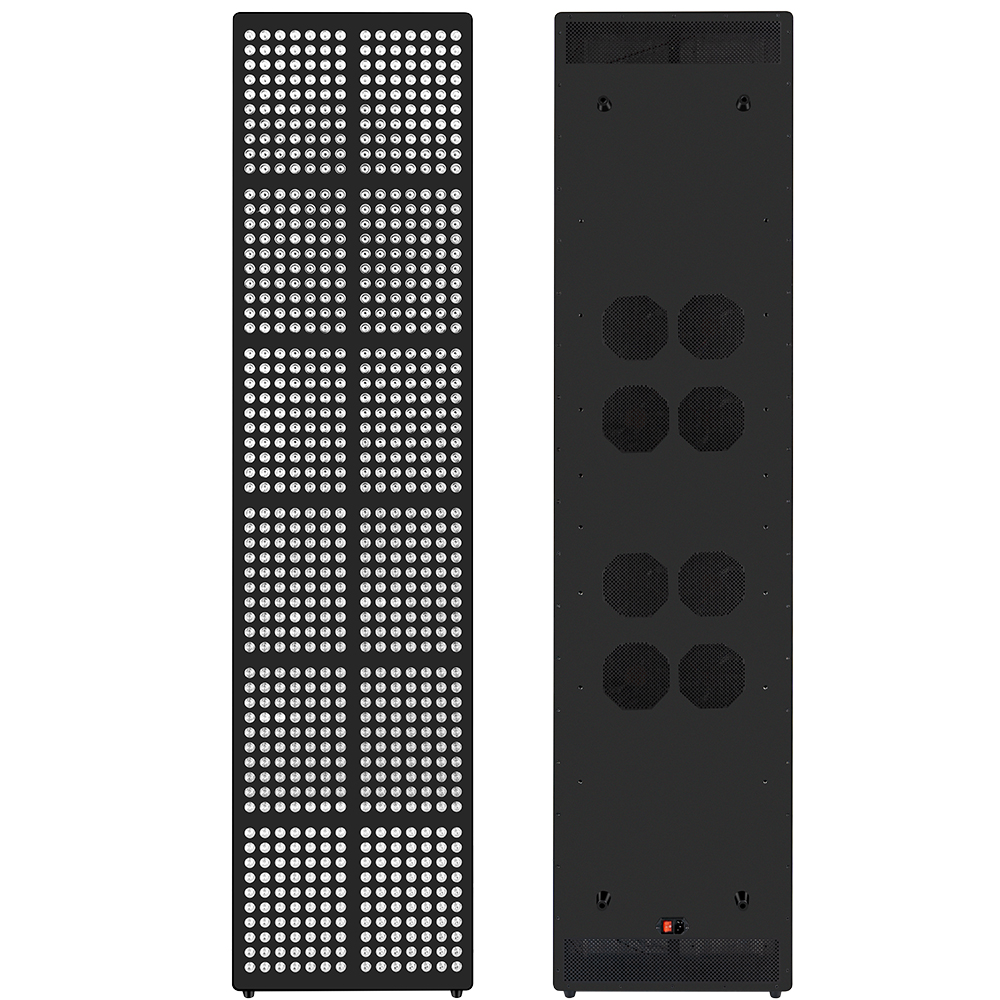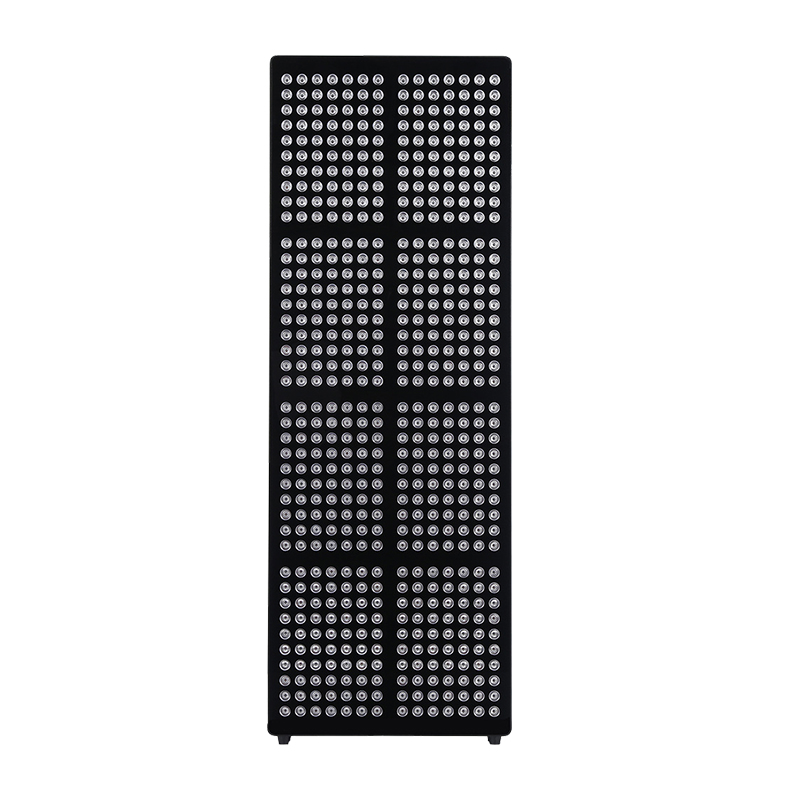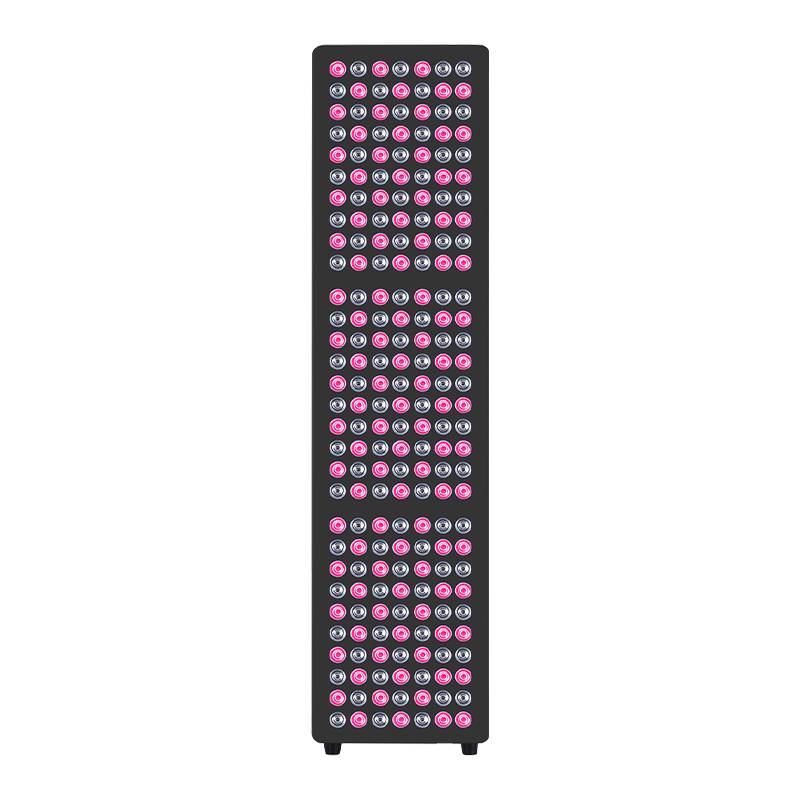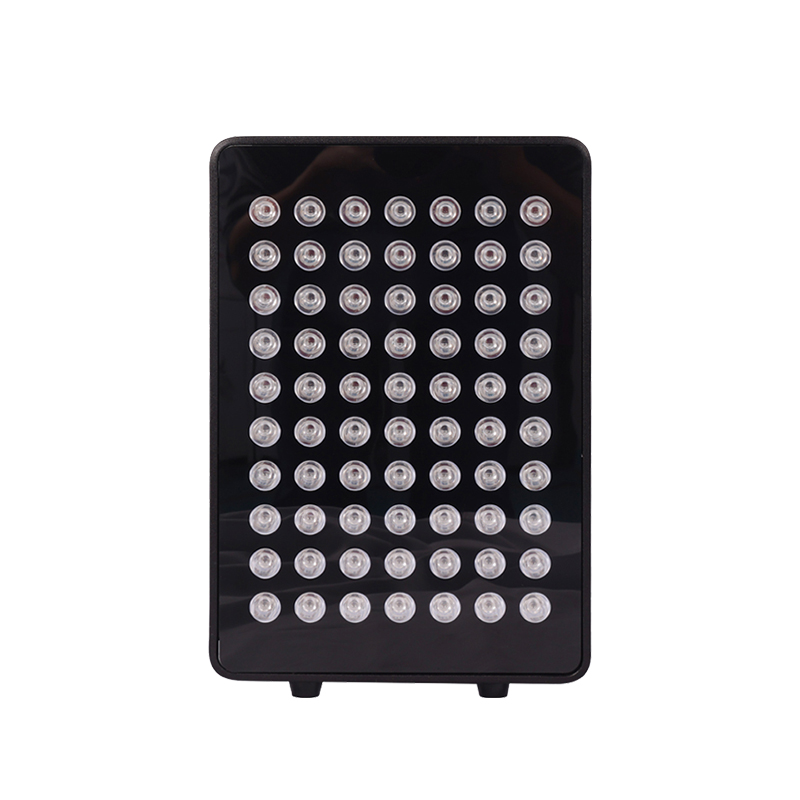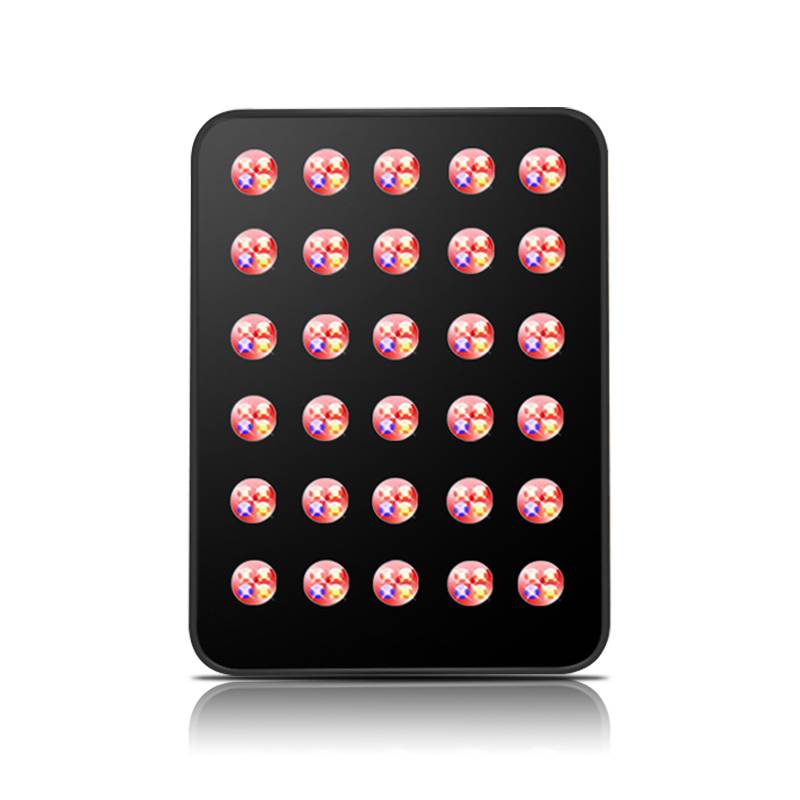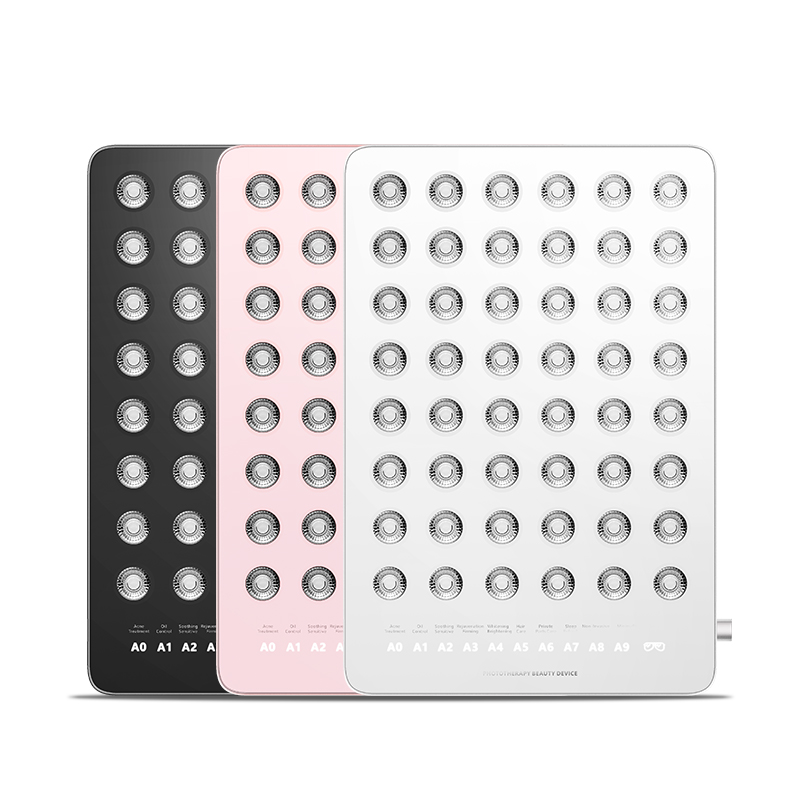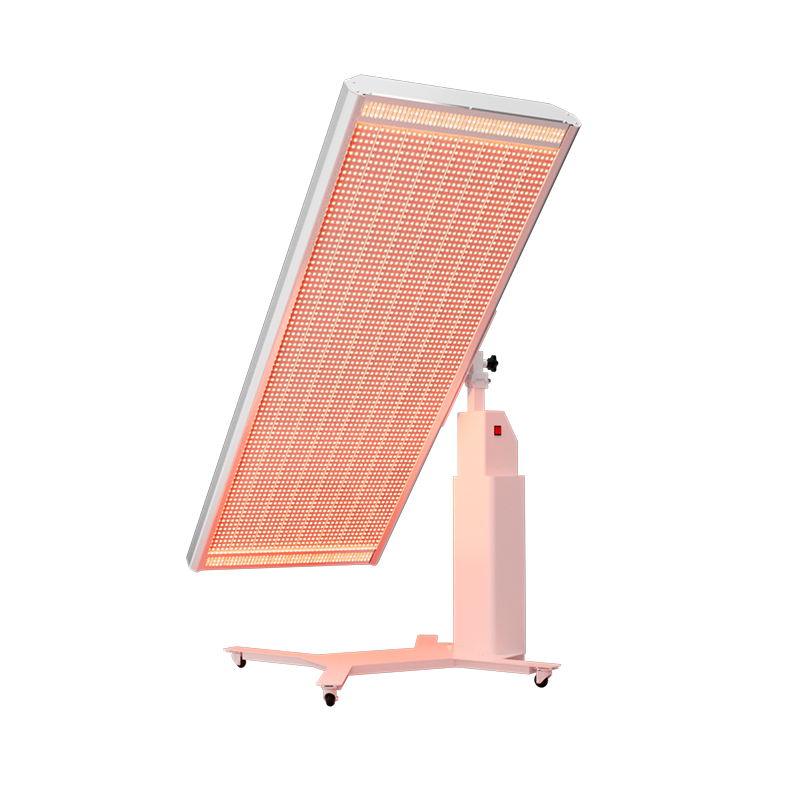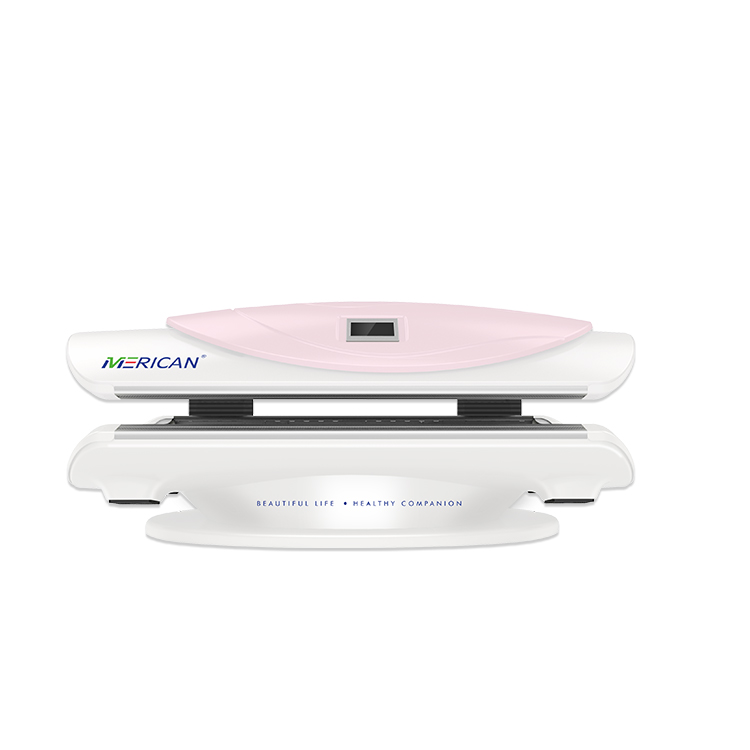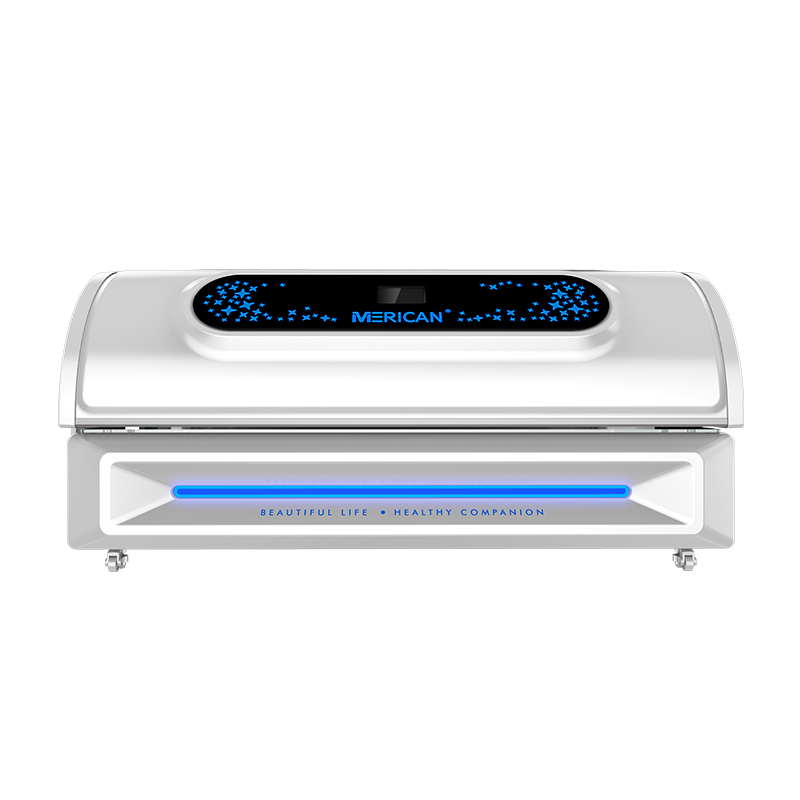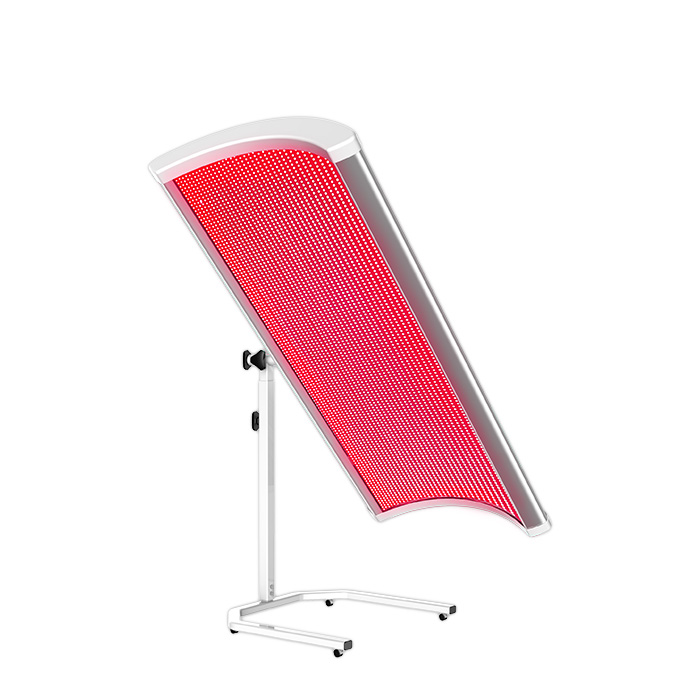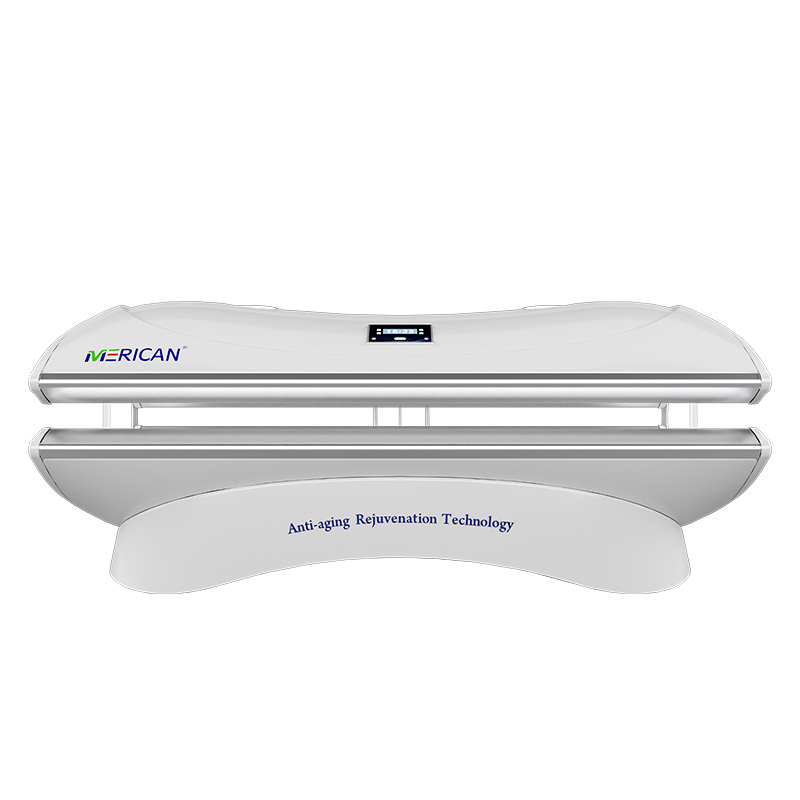Ist rotes Licht schlecht für Ihre Augen?
Für die meisten Menschen, Dies ist wahrscheinlich unbewiesener gesunder Menschenverstand, Und es ist wahrscheinlich nicht ratsam, eine Lichtquelle zu projizieren, Aber es gibt immer Ausnahmen. Rotlichttherapie ist ein Safe, natürlich, und wirksame Behandlung für eine Vielzahl von Krankheiten und Erkrankungen, einschließlich – Du hast es erraten – Deine Augen. Im Gegensatz zu anderen Quellen intensives Licht, wie die Sonne, Rotlicht fördert speziell die normale Funktion ohne negative Nebenwirkungen. Tatsächlich, Studien haben gezeigt, dass rotes Licht das Sehen schützen und sogar dazu beitragen kann, altersbedingte Augenkrankheiten umzukehren, wie Makuladegeneration und Glaukom, sowie Augenschäden.
Das bedeutet jedoch nicht. Dies verursacht zwar keinen dauerhaften Schaden, Es kann Reizungen verursachen. Zusätzlich, Sie müssen nicht einmal Ihre Augen öffnen, um die Vorteile von rotem Licht für Sehverlust zu genießen.
Sind rote Lichter schlecht für Ihre Augen?
Rotlichttherapie (RLT) und Bräunungsbetten beinhalten beide die Exposition gegenüber verschiedenen Lichtarten, Aber sie haben sehr unterschiedliche Auswirkungen auf den Körper und speziell auf die Augen.
Die Rotlichttherapie verwendet niedrige Rot- oder Infrarot -Licht, Welche Arten von Energie, die der Körper als Hitze fühlen kann, aber die Augen können nicht sehen. Es wurde gezeigt, dass diese Art von Licht potenzielle Vorteile für die Haut hat, Muskelgewebe, und andere Körperteile, einschließlich der Augen. Studien haben gezeigt, dass RLT für das Zentralnervensystem und die Netzhaut von Vorteil sein kann, und kann sogar dazu beitragen, die Farbe und das Kontrastsehen bei manchen Menschen zu verbessern. Auf der anderen Seite, Bräunungsbetten geben UVA -Strahlen aus, die eine Art ultraviolette Strahlung sind, die die Augen beschädigen kann. Die inneren und externen Strukturen der Augen sind empfindlich gegenüber UV -Exposition und erfordern einen ordnungsgemäßen Schutz, wie Spezialsicherheitsbrillen. Die Exposition gegenüber UVA-Strahlung aus Bräunungsbetten kann zu Augenkrankheiten wie Katarakten führen, Schneeblindheit, und sogar bestimmte Arten von Augenkrebs.
Zusammenfassend, Rotlichttherapie ist eine sichere und potenziell vorteilhafte Behandlung für die Augen und andere Körperteile, Während die Bräunungsbetten ein erhebliches Risiko für Augenschäden und andere Gesundheitsprobleme darstellen. Es ist wichtig, sich der Unterschiede zwischen diesen beiden Arten der Lichtbelastung zu bewusst und fundierte Entscheidungen darüber zu treffen, welche Behandlungen für Sie geeignet sind.
Kann ich meine Augen während der Rotlichttherapie öffnen?
Es ist entscheidend für Halten Sie Ihre Augen geschlossen Während der Behandlungssitzungen, um die Vorteile der Rotlichttherapie für Ihre Augen zu genießen und gleichzeitig die Risiken zu minimieren. Zusätzlich, Es wird dringend empfohlen, einen Augenarzt zu konsultieren, um sicherzustellen, dass die Therapie für Ihren Augenerkrankung geeignet ist und Anleitung zu den richtigen Protokollen erhalten. Während die Rotlichttherapie ein wertvolles Werkzeug für die Augengesundheit sein kann, Es sollte mit Pflege und unter der Aufsicht eines qualifizierten Fachmanns angesprochen werden.
Können LED -Lichter Ihre Augen beschädigen??
Ja, Es ist wahr, dass die Exposition gegenüber bestimmten Lichtarten, einschließlich Ultraviolett (UVA und UVB) Licht, kann die Augen beschädigen. Jedoch, Wenn es um die Rotlichttherapie geht (RLT), Die Forschung legt nahe, dass es für die Augen im Allgemeinen sicher ist, solange bestimmte Vorsichtsmaßnahmen getroffen werden. Wie Sie erwähnt haben, Die Rotlichttherapie sendet keine UV -Strahlung aus, Welches ist die Art von Licht, die für die Augen am schädlichsten ist. Stattdessen, RLT verwendet niedrige rote oder infrarotlicht, Welche Arten von Energie, die der Körper als Hitze fühlen kann, aber die Augen können nicht sehen.
Obwohl die Rotlichttherapie für die Augen im Allgemeinen als sicher angesehen wird, Es ist wichtig, Vorsichtsmaßnahmen zu treffen, um eine übermäßige Belichtung zu vermeiden. Die meisten Forschungen zur Augenverwendung von RLT haben kurze Expositionsdauern betroffen, wie zwei Minuten täglich oder jeden zweiten Tag. Es ist auch wichtig, RLT von einem qualifizierten Gesundheitsberuf verwaltet zu haben, Da sie sicherstellen können, dass die Behandlung sicher und effektiv verabreicht wird.
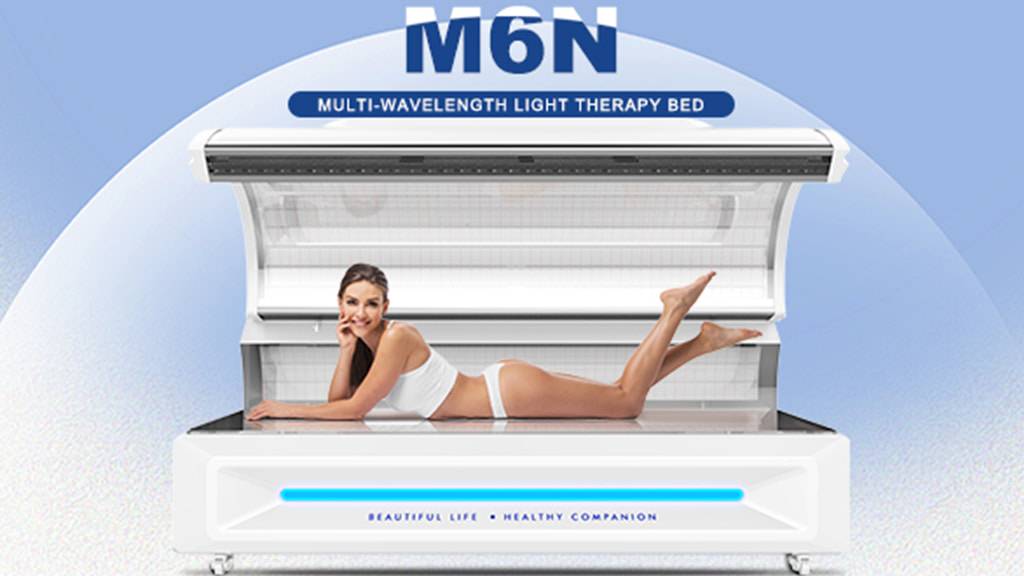
Natürliches Sonnenlicht scheint farblos zu sein, Aber es ist tatsächlich ein virtueller Regenbogen von Farben: Rot, orange, Gelb, Grün, Blau, und violett. Diese Farben verbinden sich zu einem sichtbaren Lichtspektrum, oder „weißes Licht,Das in Einheiten, die als Wellenlängen bezeichnet werden, gemessen wird. Es gibt auch unsichtbare Lichtwellenlängen: Ultraviolett und Infrarotlicht.
Der menschliche Körper ist mächtig vom Licht betroffen. Zum Beispiel, Die blauen Wellenlängen des natürlichen Sonnenlichts (Die Wellenlängen, die den Himmel blau aussehen lassen) beeinflussen den Hypothalamus, Dies ist eine kleine Region des Gehirns, die eine wichtige Rolle bei der Hormonproduktion spielt. Eine wesentliche Funktion des Hypothalamus besteht darin. Schutz der Rotlichttherapie
Wissenschaftler glauben auch, dass eine übermäßige Exposition gegenüber Bildschirmen zur Makuladegeneration beitragen könnte, Eine altersbedingte Augenkrankheit, die durch Schäden an den lichtempfindlichen Zellen in der Netzhaut verursacht wird. Vor dem digitalen Zeitalter, Menschen erhielten nur natürliche Ebenen von Farblicht. Heute, Jedoch, mit der allgegenwärtigen Verwendung elektronischer Geräte, Die Leute verbringen Stunden damit, auf einen Bildschirm zu starren, und die Belichtung ist dramatisch gestiegen. Dies hat zu einer Zunahme der Sehprobleme geführt, einschließlich Makuladegeneration. Aus diesem Grund werden die Bildschirme von elektronischen Geräten wie Computern angezeigt, Laptops, Fernseher, Tabletten, und Smartphones können die Funktion Ihres Körpers beeinflussen. Tagsüber, Blaues Licht von übermäßiger Bildschirm kann die Wachsamkeit und die kognitive Funktionen erhöhen, und Stimmung steigern. Aber nachts, Es kann störend sein, Schlafmuster unterbrechen und Schlaflosigkeit verursachen.
Rotlicht ist bekannt für seine vorteilhaften Eigenschaften für den Körper, einschließlich der Augen. Rotlicht (630-660nm) und fast infrarotes Licht (Nir) (810-850nm) werden als die therapeutischsten Wellenlängen mit weitreichenden Anwendungen angesehen. Lichtbehandlung verwendet Lichtlichtdiode (LED) Geräte, die rot oder NIR -Licht in das Auge leuchten: eine schmerzlose und sichere Art, rotes Licht zu verabreichen. Rotlicht wird in den äußersten Bereichen des Körpers absorbiert, was es ideal für die Behandlung von Augenbedingungen und Hautoberflächenerkrankungen wie chronische Hautstörungen und Haarausfall macht. Es kann immer noch in die Augenlider durchdringen, die relativ dünn sind, aber keine großen Massen von Knochen oder Muskeln durchlaufen.
Auf der anderen Seite, NIR hat eine tiefere Absorptionsrate. Es stimuliert die Stammzellproduktion, Reduziert Entzündungen, und fördert die Heilung vom Schlaganfall, Wunden, und Krankheiten. Zusammen, Diese beiden Lichtarten arbeiten zusammen, um jeden Teil Ihrer Augen zu stimulieren, Auch wenn sie geschlossen sind.
Wie blaues Licht, Rot und NIR -Licht nehmen ebenfalls in die Netzhaut ab, aber ohne bekannte nachteilige Auswirkungen. Rot- und NIR -Photonen stimulieren die Mitochondrien (Energiezentren in Zellen) mehr Adenosintriphosphat produzieren (ATP), oder zelluläre Energie. Je mehr Energie Ihre Zellen haben, Je besser sie funktionieren, sich selbst reparieren und regenerieren. Eine weitere vorteilhafte Wirkung der Rotlichttherapie ist die Fähigkeit, Entzündungen zu reduzieren, einschließlich Augenentzündung. Dies kann nach Augenverletzung auftreten, oder sogar Komplikationen, die durch chronischen Stress verursacht werden, Und es kann Augengewebe zerstören. Wenn das Augengewebe beschädigt oder zerstört wird, Es kann zu einer Verschlechterung oder sogar Blindheit führen.
Zusammenfassend, Es ist zwar möglich, dass jede Art von Licht die Augen schädigt, wenn es übermäßige Mengen ausgesetzt ist, Die Forschung legt nahe, dass die Rotlichttherapie für die Augen im Allgemeinen sicher ist, solange die richtigen Vorkehrungen getroffen werden.

